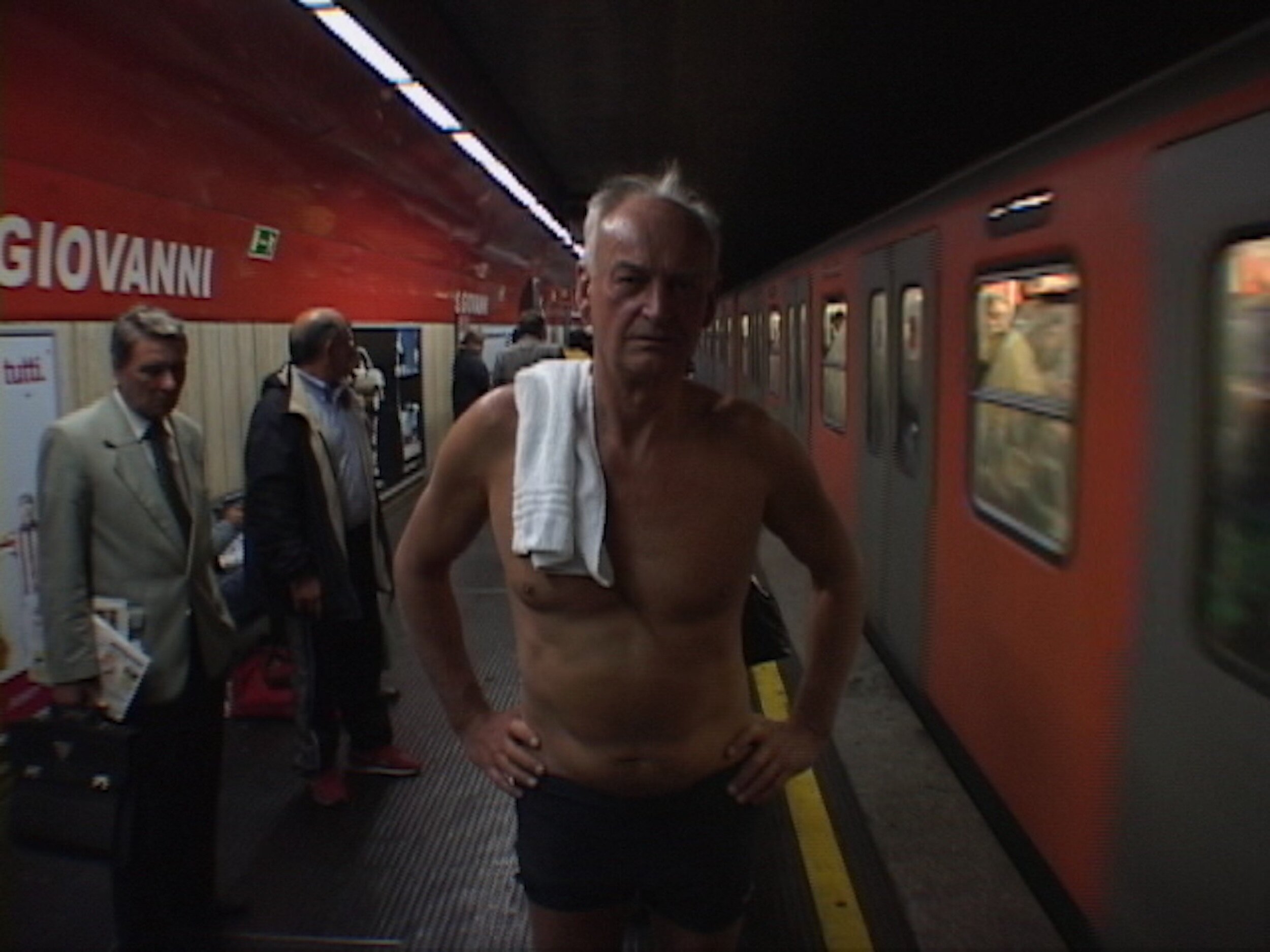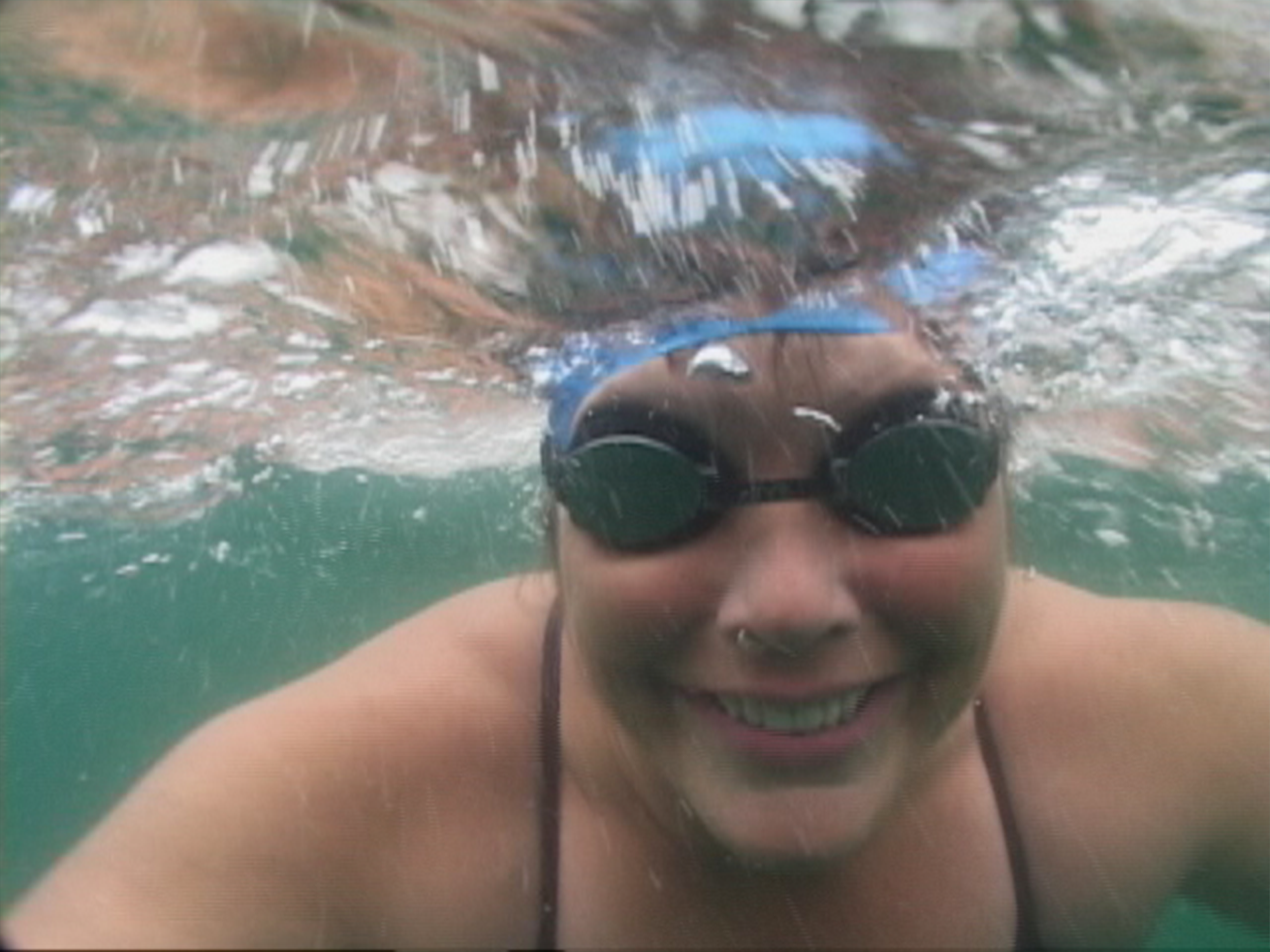
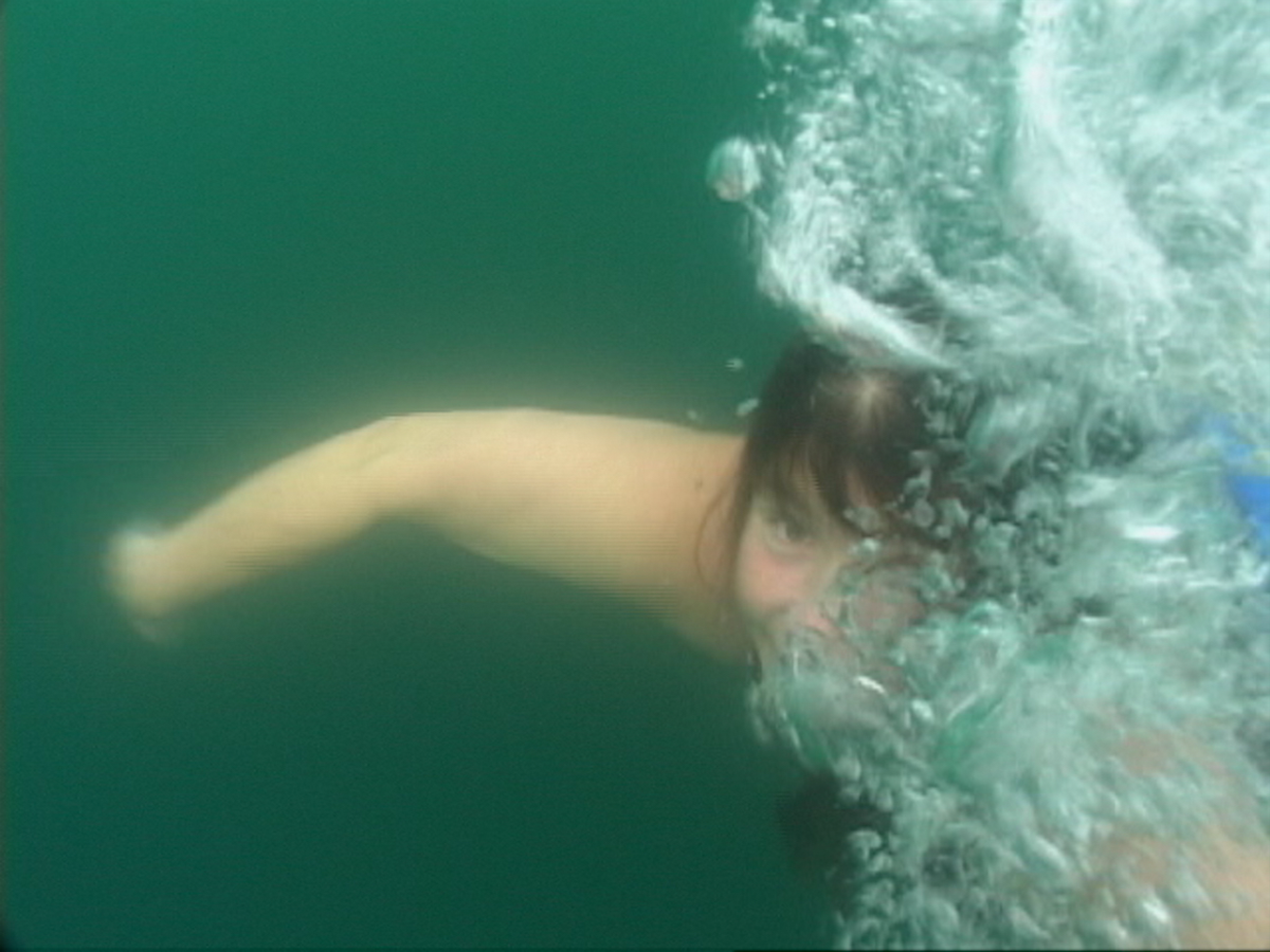
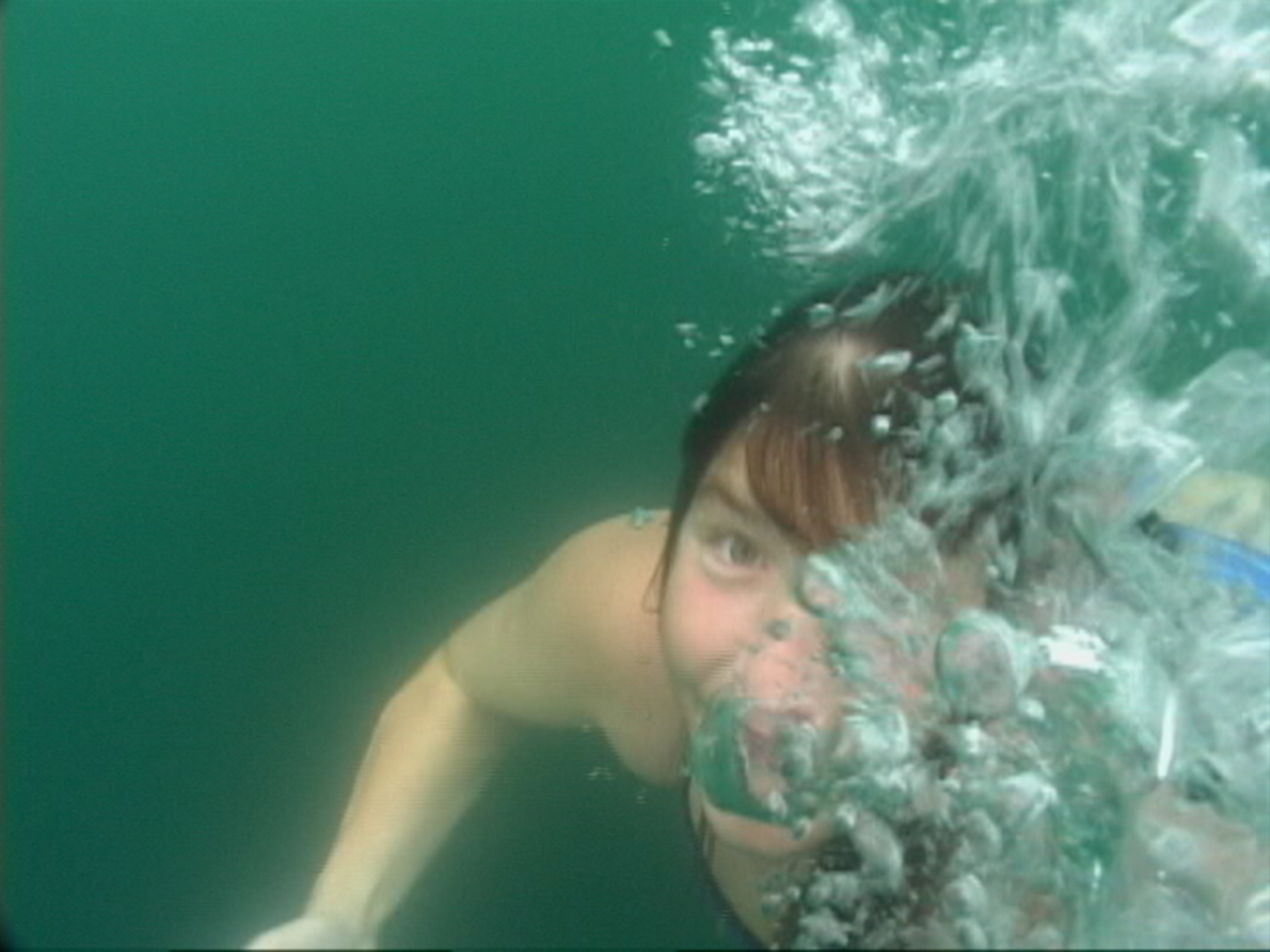
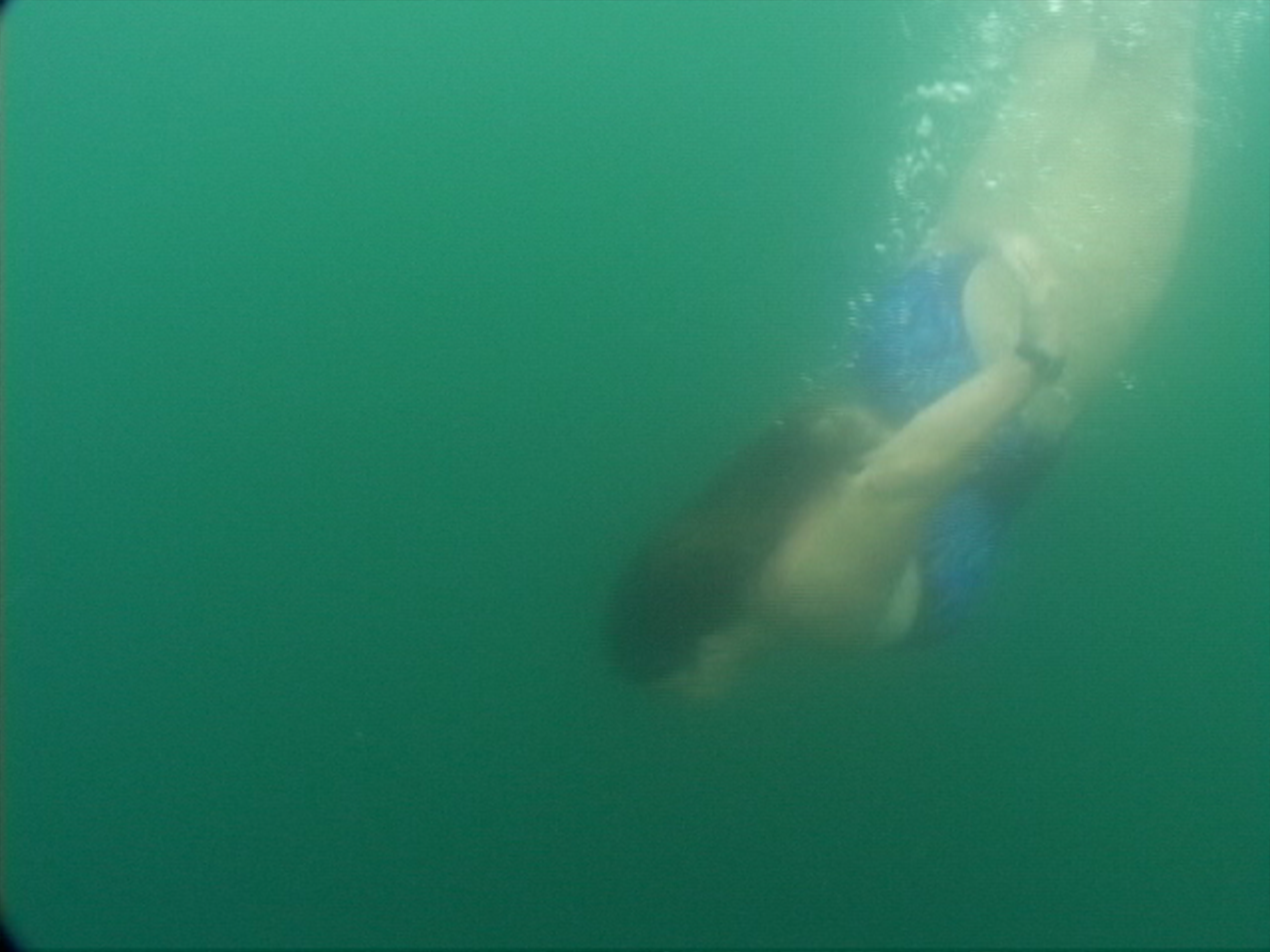
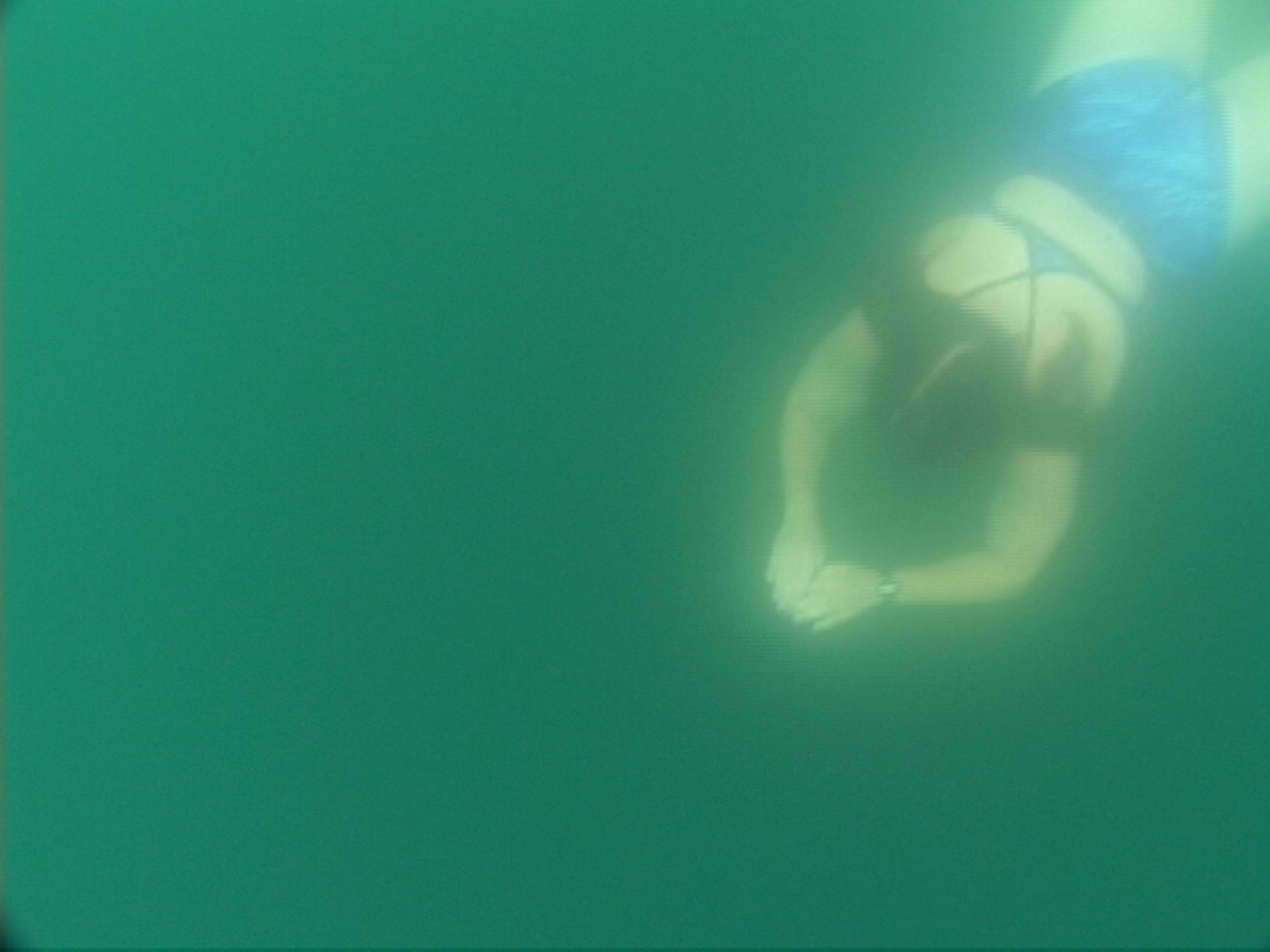
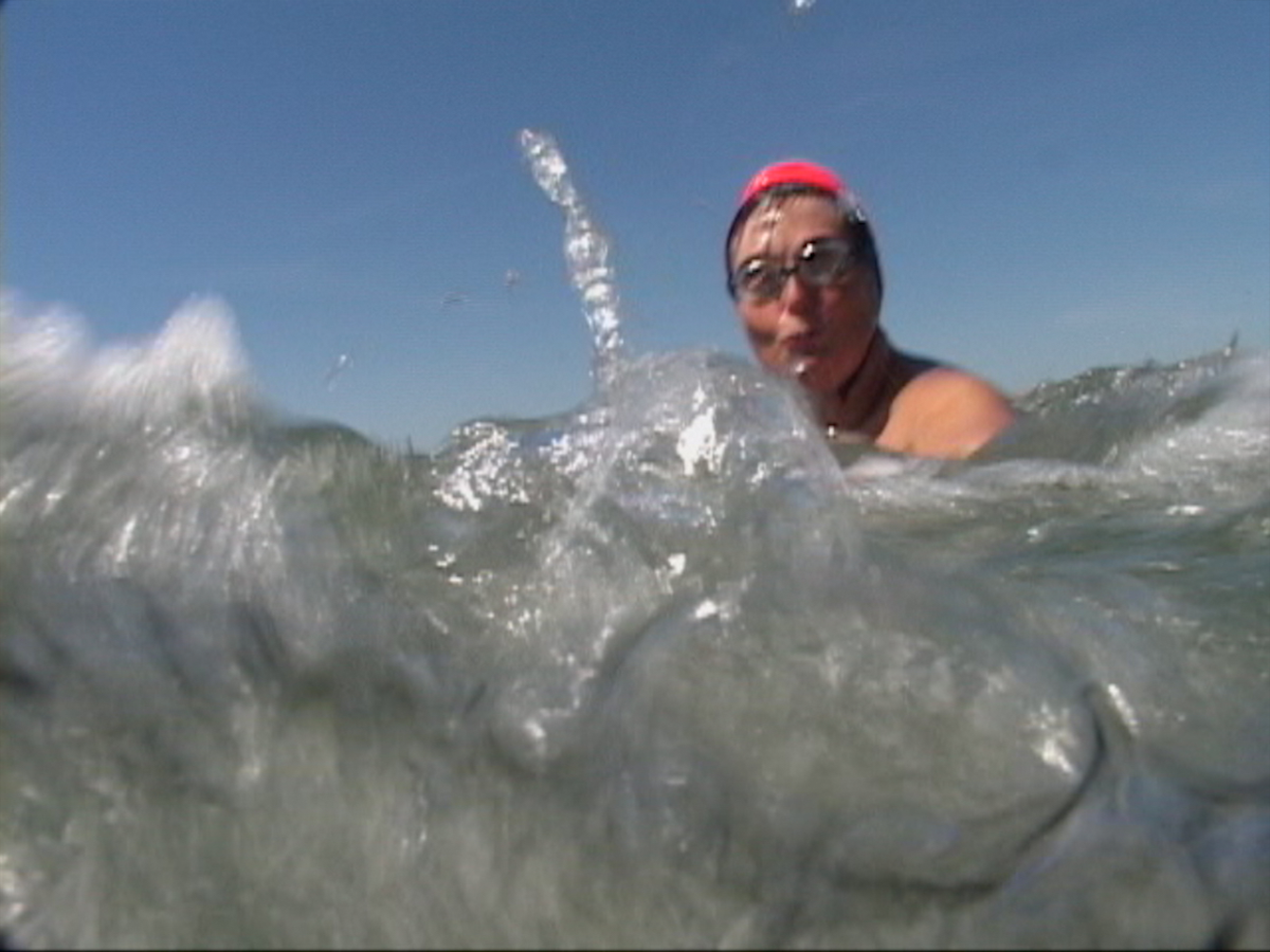
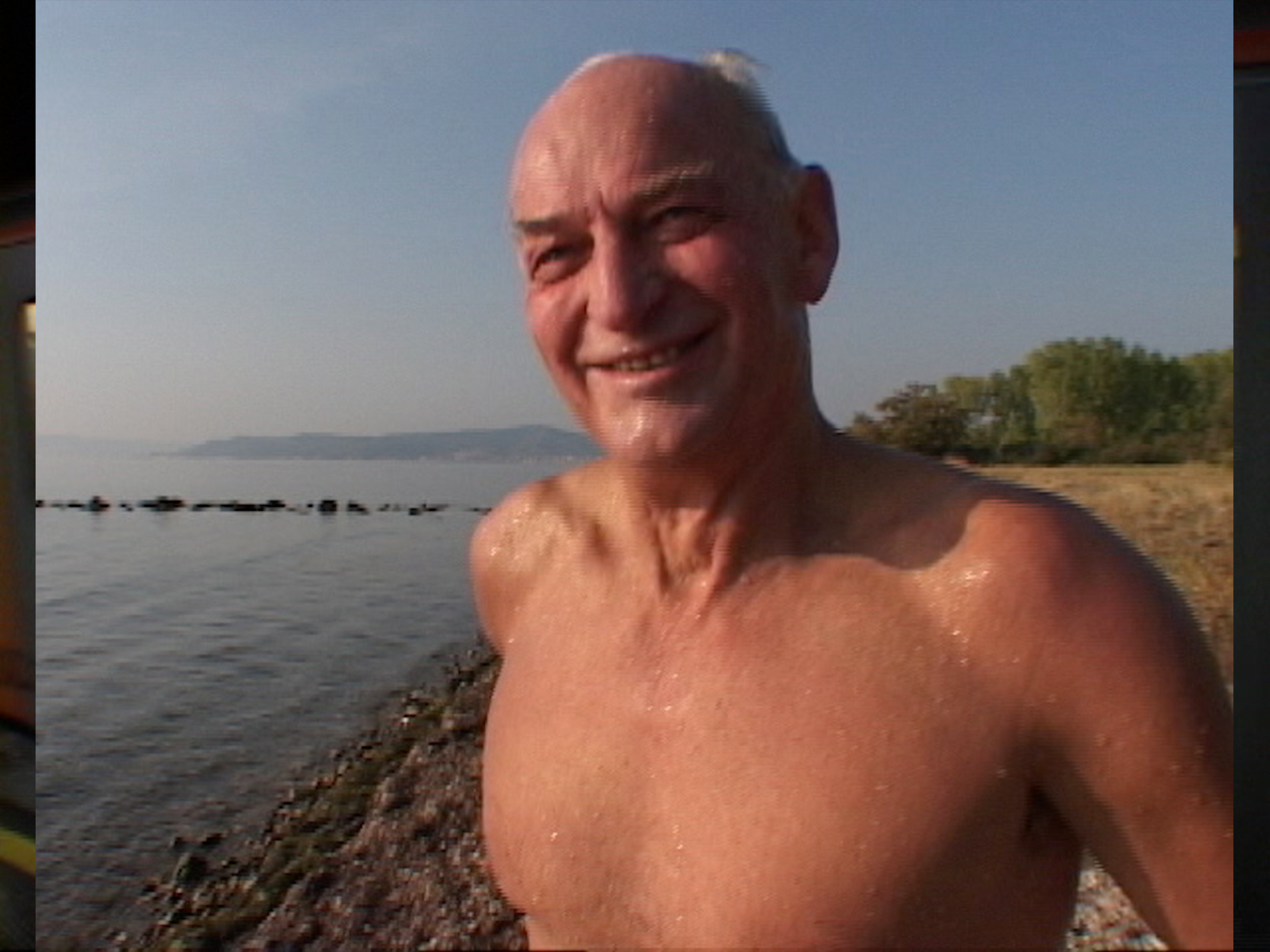
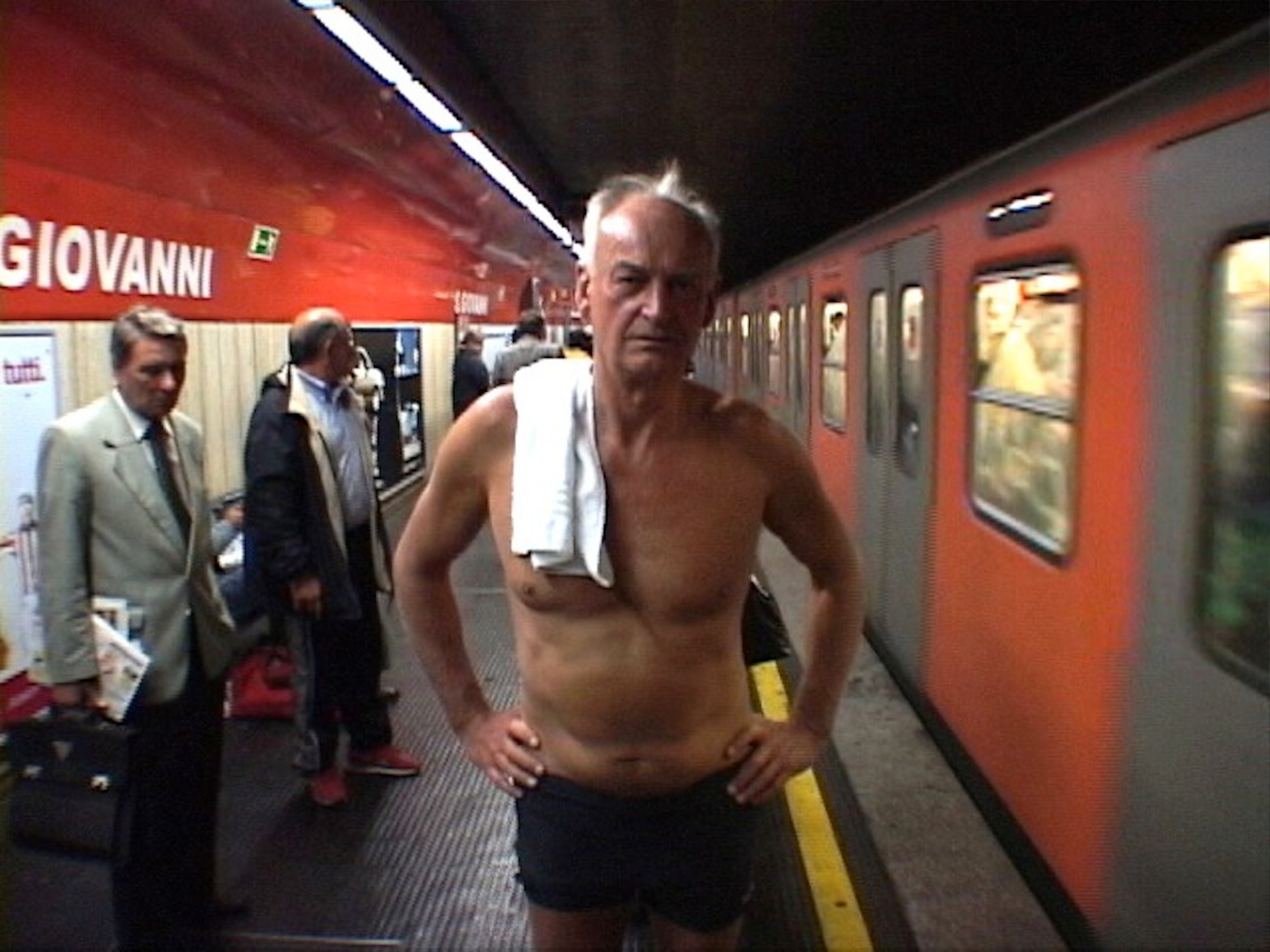
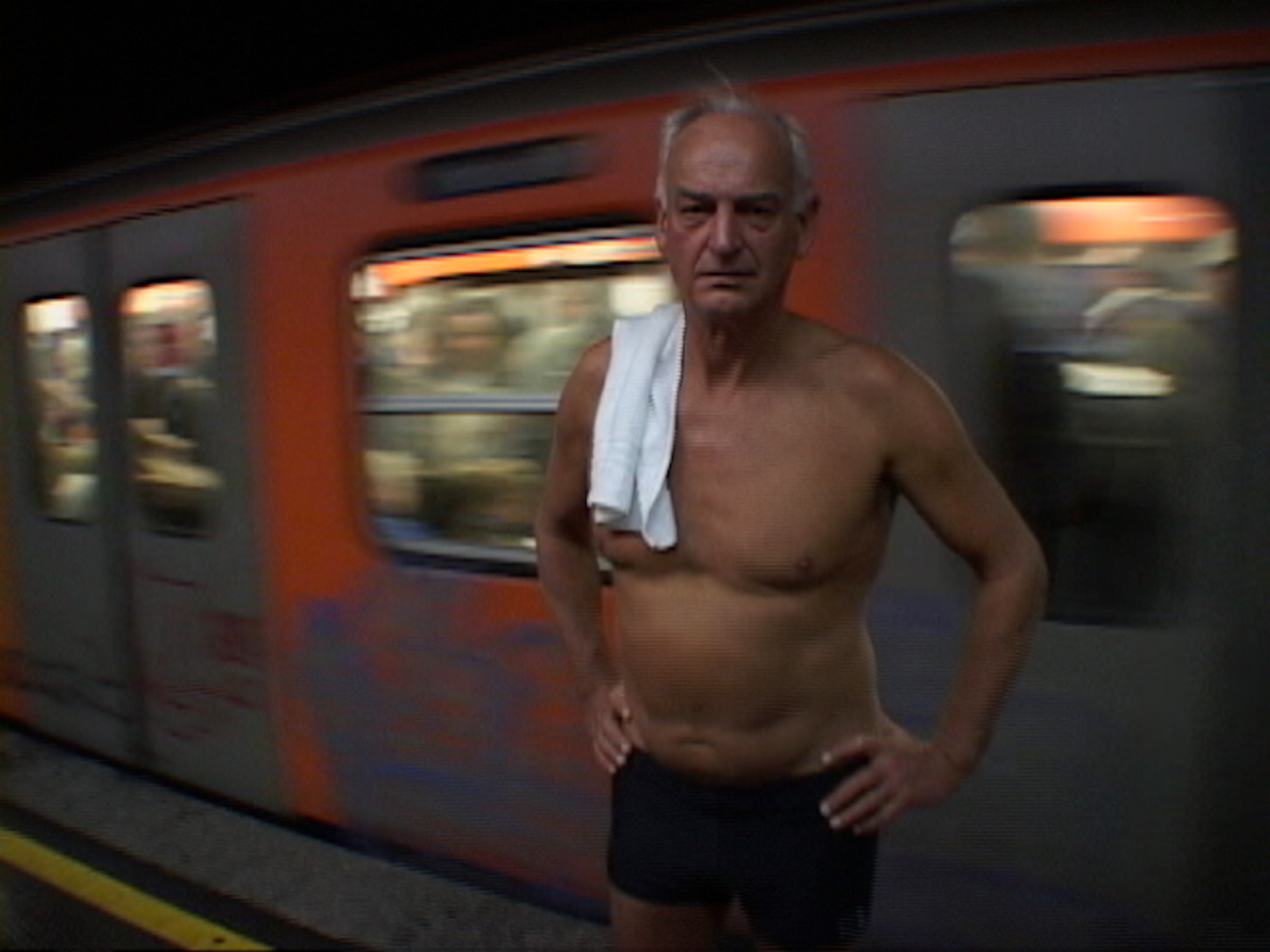
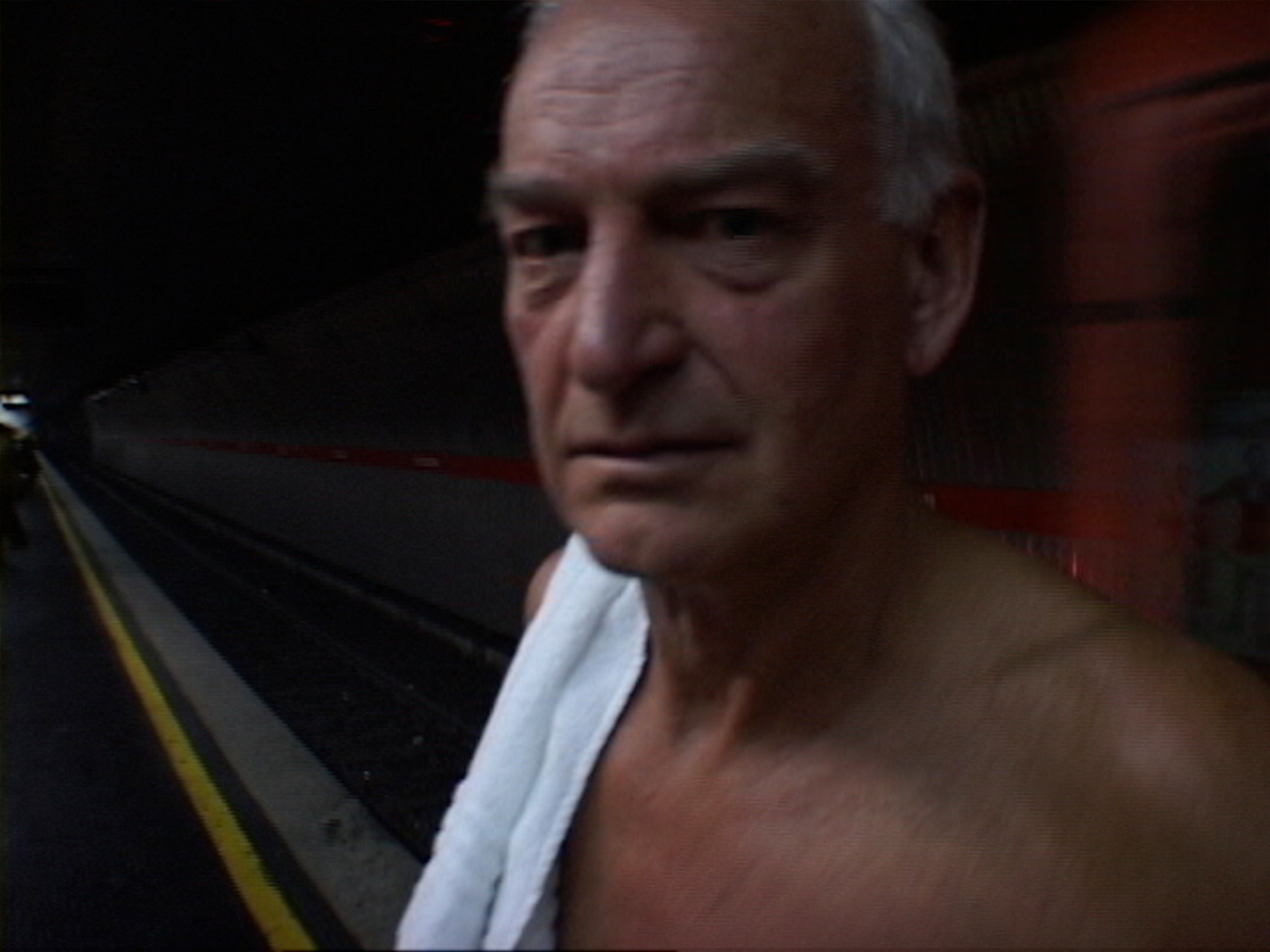
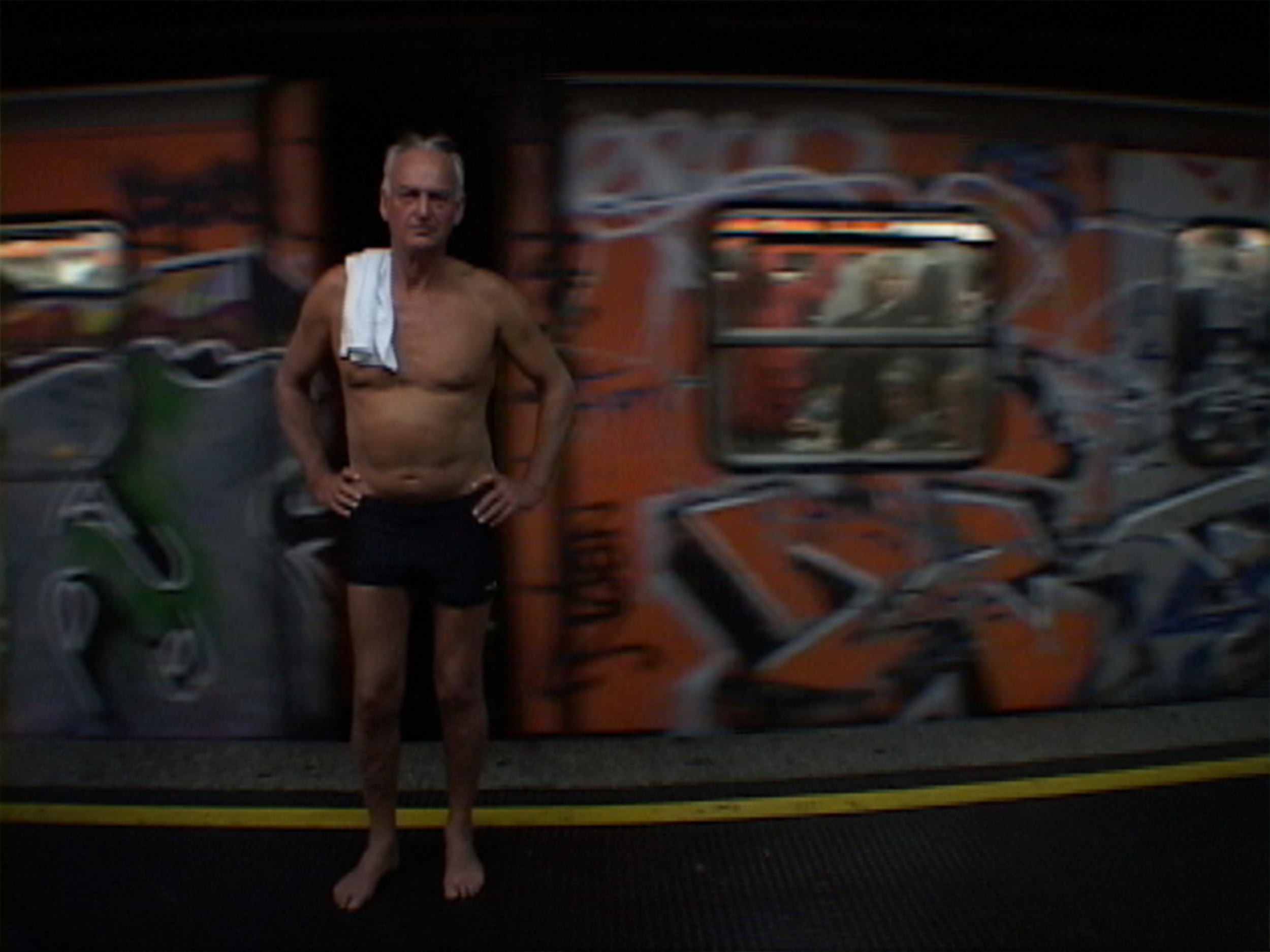
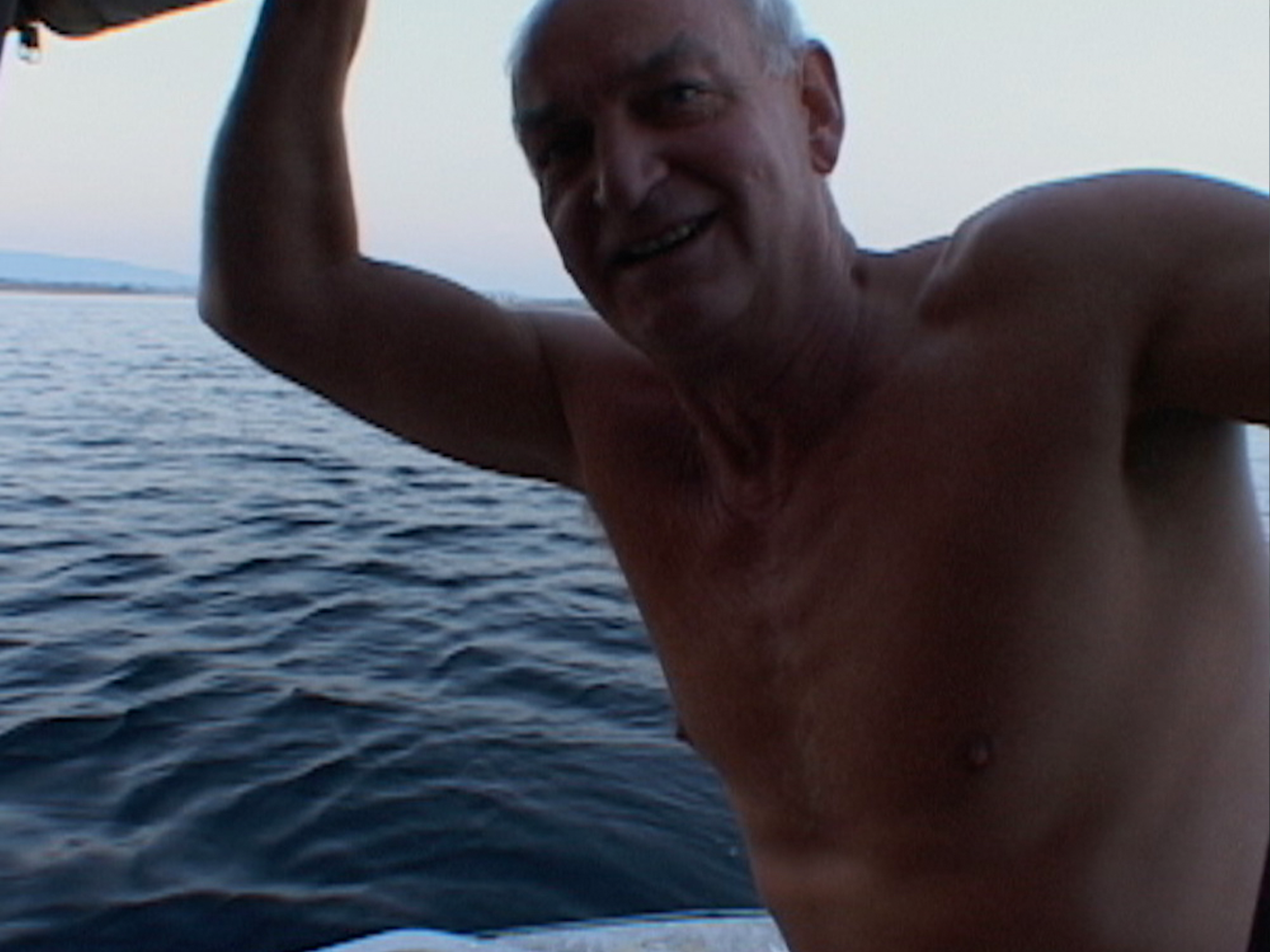
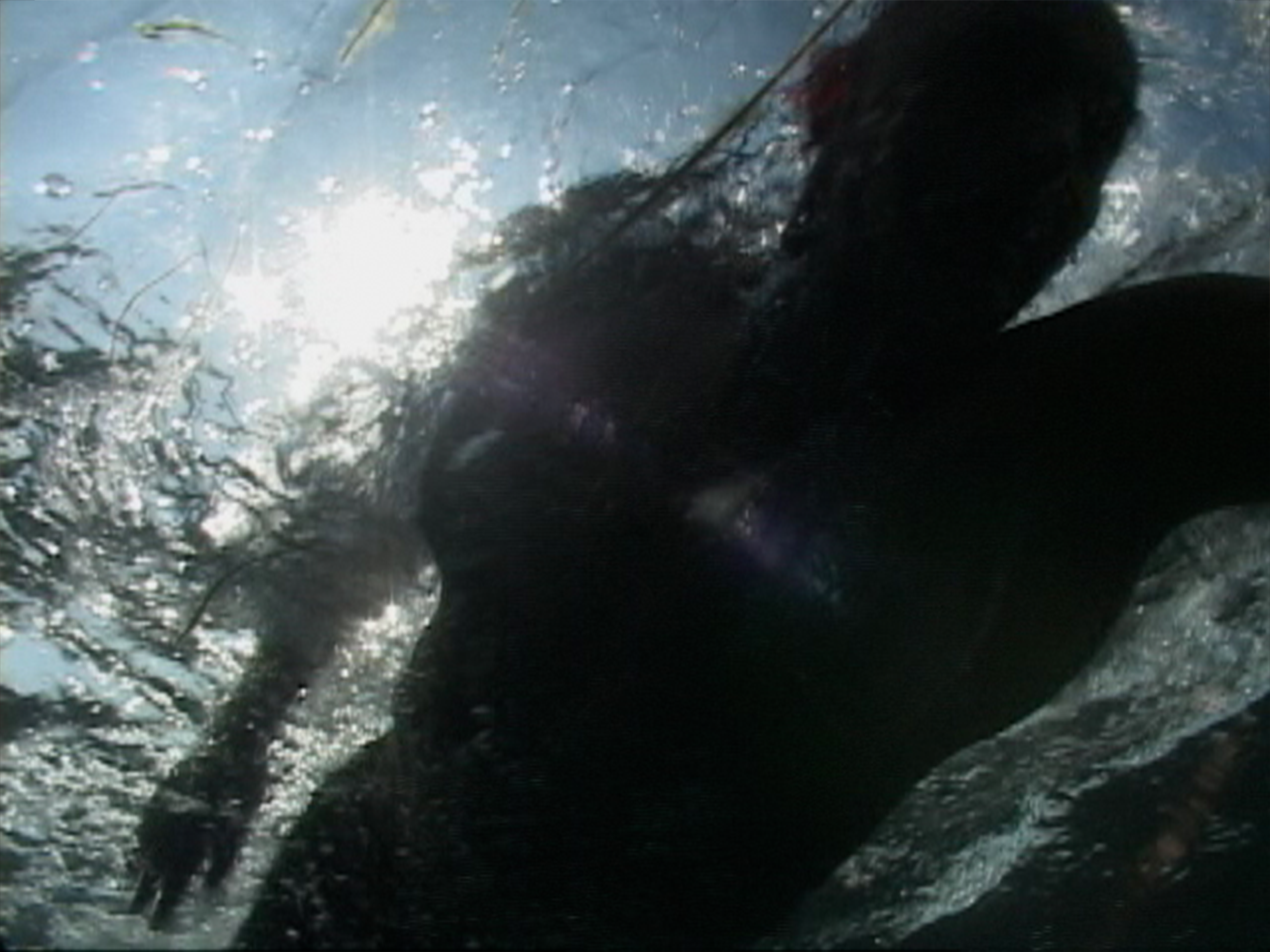

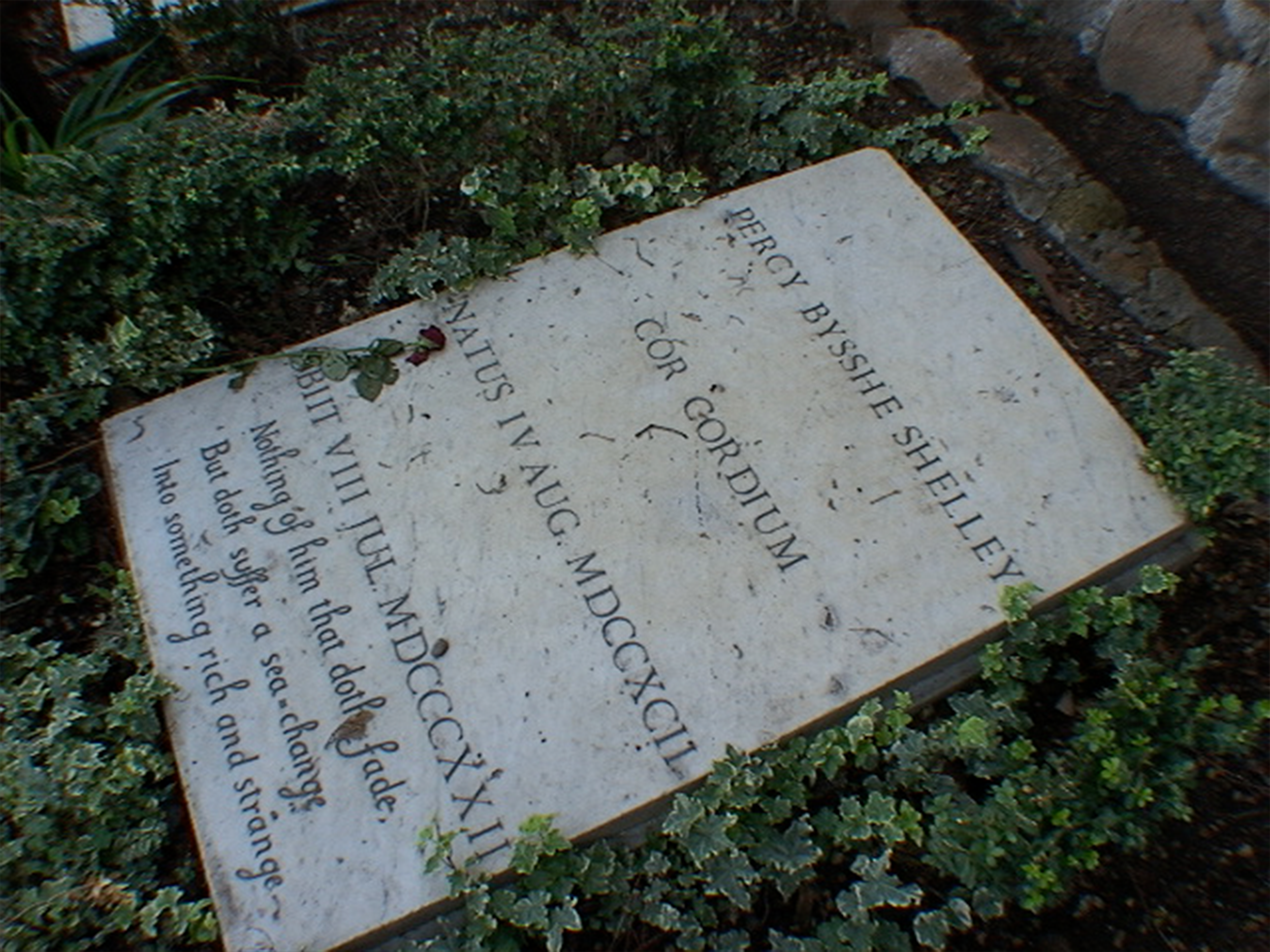
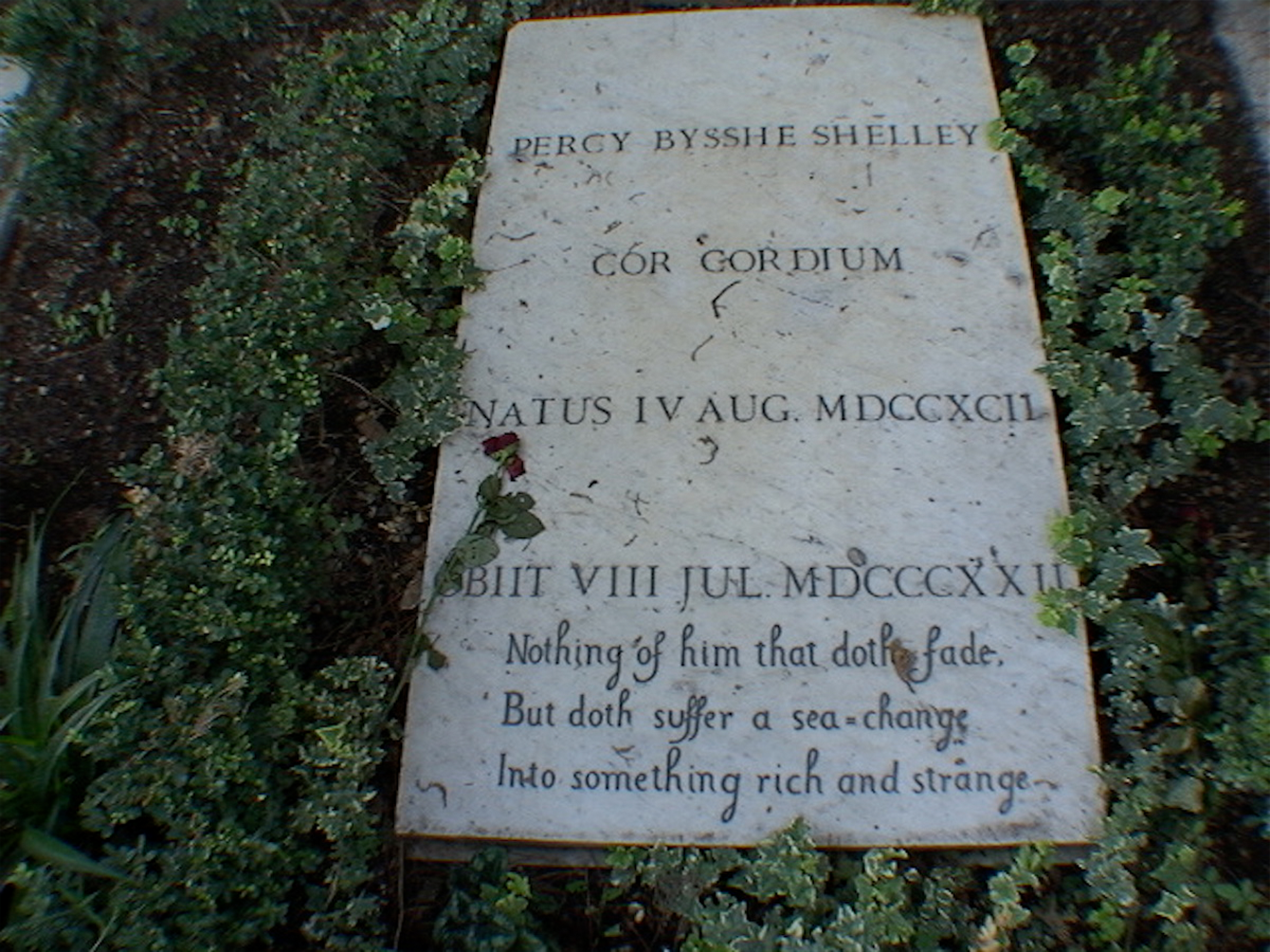
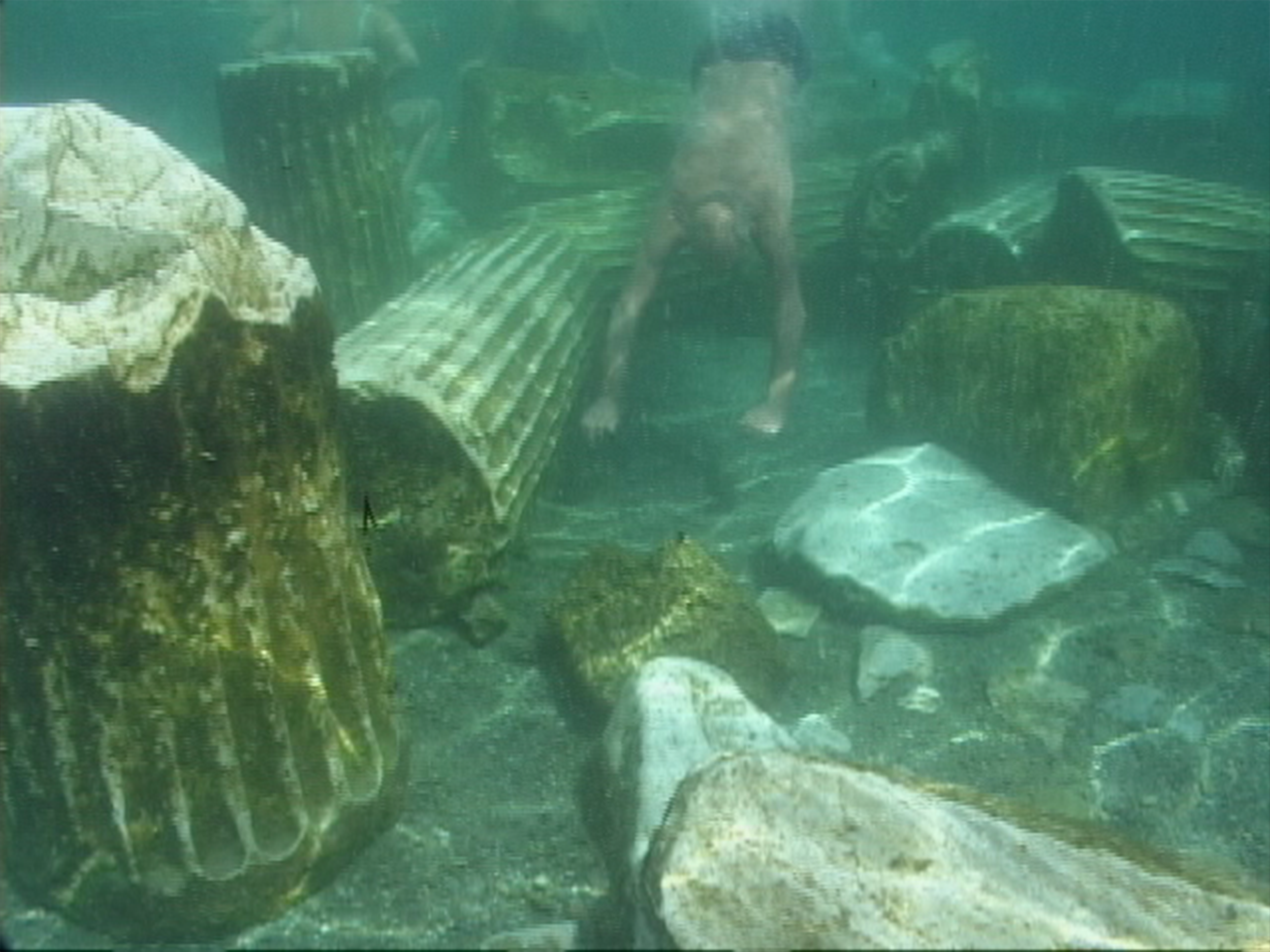
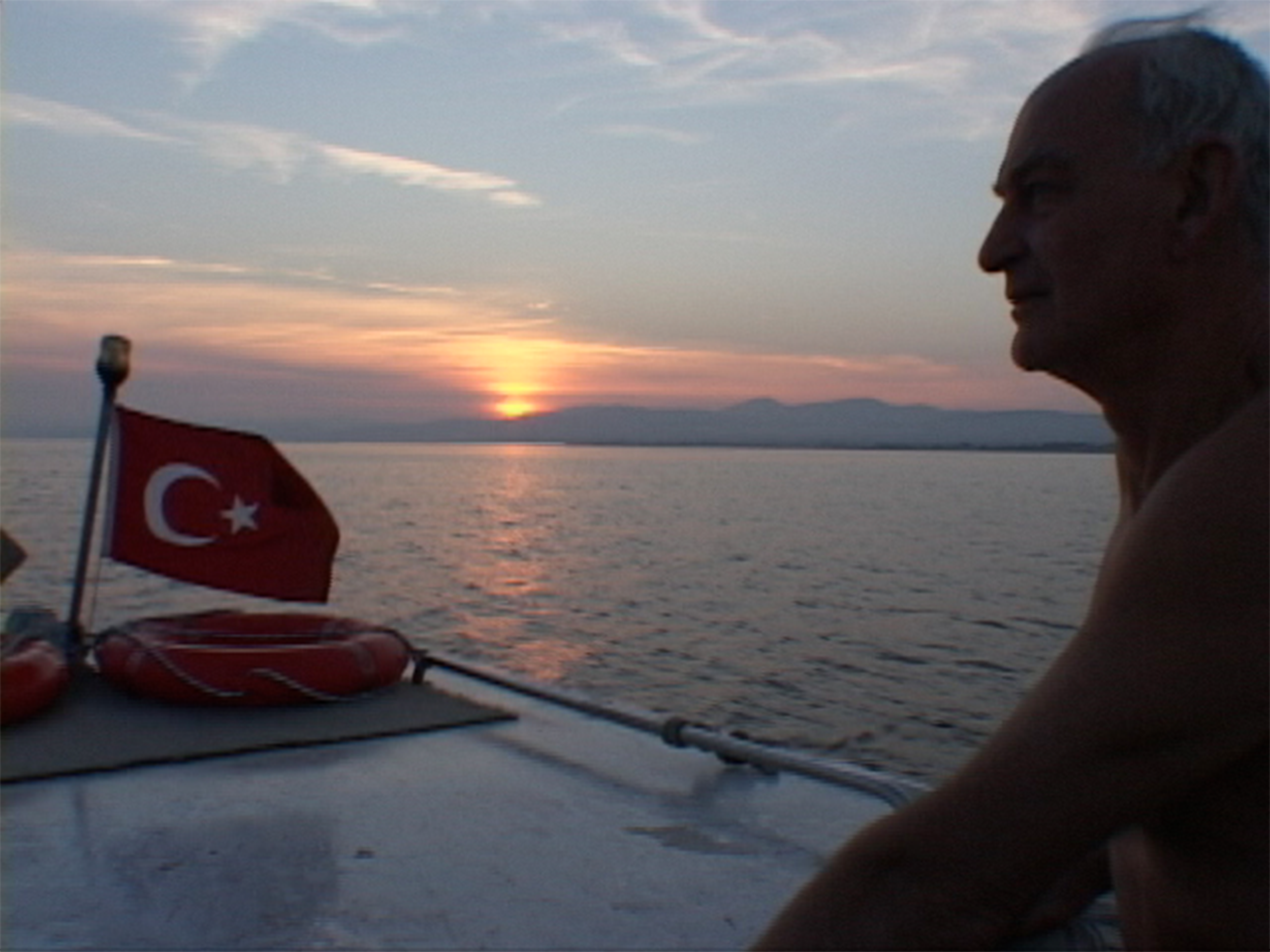
Haunts of the Black Masseur
The Swimmer as Hero
2004 | 52 mins | DVCAM
Charles Sprawson's landmark book - here is the collaboration between Charles Sprawson and filmmaker Jeff McKay which brings Sprawson's classic book to life.
Director: Jeff McKay
Starring: Charles Sprawson
Genre: Documentary
Subtitles: English [CC]
Audio languages: English
I’m not some sodden wealthy filmmaker but you can watch this for free…way you go!
NOTES
In April 2020 Charles Sprawson passed away after a lengthy illness. Very sad. Missing our talks on the phone and the visits. The nostalgic reminiscing about adventures past. Charles Sprawson was a delight to know and spend time with. I’m certain anyone who knew Charles would be missing him as much as I do. I consider myself lucky to have had the times that I did with him, and all of the laughs that we shared about this crazy world we live in.
I live in the middle of Canada. A lot of people would say in the middle of nowhere.
But it is indeed somewhere.
I was driving around when I first heard Charles doing a radio interview about his book. He had the best voice. The words were drawn out and languid they were! So soothing and inviting were his descriptive drawls about the all encompassing world of water and the swimmer. I drove immediately to my local seller of books. The Charles radio interview now over I leapt into the book store and bought copies of Haunts of the Black Masseur. I was not disappointed!
An amazing book. Landmark it is. A high bar. I cannot recommend it enough. If you haven’t read it then find it and read it!
I somehow managed to find his address and I wrote to him. He sent me his phone number and I rang him. We agreed to see if I could raise funds to make a film. I engaged an executive producer, Merit Jensen Carr here in Winnipeg. I traveled to Toronto with my broken leg and crutches where I and writer Amanda McConnell managed to raise enough interest that we secured development funds with TVOntario. From there working writer Amanda and my former wife Ruthie DeGraves, we put together a production script and budget.
I was accepted to pitch the film at the Amsterdam Documentary Forum with TVOntario Commissioning Editor Rudy Buttignol. Nick Fraser from BBC was not interested. No British broadcaster could be interested. I met with Commissioning Editors, Sabine Bubeck and Katherin Brinkmann from ZDF Germany who came in for enough funding to see the film go ahead into production. Yet was a tiny budget for a project with such ambitious scope.
We had to make choices because of limited money and with cameraman Jon Bland, myself, Charles and sometime production assistant Barry F’loch – we set off across Turkey to Greece to Italy and England. Jon and I made a side trip to California to film without Charles.
If there had been the money we could have shot with better equipment, and perhaps could have really done his entire book justice. But with what we had, the film does capture the spirit of the swimmer.
Featuring: Charles Sprawson, Lynne Cox, Alison Streeter, David Yudovin
Charles Sprawson looking for open water in the Rome underground
This is the film’s official blurb:
Peabody Award winning filmmaker Jeff McKay plunges in and gets behind the most popular sport in the world: swimming. For the millions of swimmers worldwide, this film explores all that swimming has meant for so many – the splendor, the bravery, the adventure and the sensuality of the aquatic experience. This is a film of submersive passion; from the ancient Greeks to the great swimmers and divers of the twentieth century, water has inspired a devotion beyond athletics, a virtual cult of immersion. This hour long documentary takes its inspiration from Charles Sprawson’s landmark book, ‘Haunts of the Black Masseur – the Swimmer as Hero’. The viewer is invited to accompany Sprawson as we swim the Hellespont, the Tiber, the English Channel and Antarctica. We meet and swim with some of the top marathon swimmers in the world; Lynne Cox, David Yudovin and Alison Streeter and photographer Linda Troeller who share their passion for and obsession with the water.
Join us on this journey driven by aqueous obsession.
The Swimmers
Charles Sprawson looks for a contact lens
Charles Sprawson: Charles Sprawson was born in Pakistan, and learned to swim as a child in India, where his British father headed a school for the education of princes. Educated in England and Ireland, Sprawson has worked and traveled around the world in pursuit of his ruling passion: swimming. He studied classics at Trinity College, Dublin, played squash for Ireland, and worked in a printing ink factory and as a swimming pool attendant in London. He taught literature in Saudi Arabia, became a director at a London fine art dealership, and all the meanwhile he kept on swimming and swimming.
He is now an acknowledged authority on the history, literature and lore of swimming, with articles for the London Magazine, the New Yorker, and the Sunday Telegraph to name a few. His book, Haunts of the Black Masseur – the Swimmer as Hero’ , which passionately explores the meaning that cultures from ancient Greece to the modern Olympics have attached to water, has been acknowledged as the finest book written on the subject of swimming. According to the library staff at the International Swimming Hall of Fame in Fort Lauderdale Florida, Sprawson’s Haunts of the Black Masseur – the Swimmer as Hero’, is the only book which has ever been stolen from the library.
That is Lynne Cox behind the bubbles off Catalina, California
Lynne Cox: Lynne Cox is amongst the world’s greatest long distance, open water swimmers. At the age of 15, she broke the men and women’s world records for swimming the English Channel and then swam the Strait of Magellan, Cook’s Strait, the Gulf of Aqaba, and the seven lakes of Mount Fuji. Over the past two decades, Lynne has swam all the major bodies of water in the world, many of which have not been crossed before, and most of which had not been done by a woman. She opened the US-Soviet border for the first time in 48 years by swimming The Bering Strait from Alaska to Siberia in 38-degree water.
In 2002, Lynne swam one mile through 32-degree water to the shores of Antarctica where she was greeted by a flock of penguins. The harrowing details of this swim are accounted in her renowned book, ‘Swimming to Antarctica’. Cox is a passionate swimmer who faces the dangers of pushing human endurance with humour and always with a strength of character that one seldom encounters. It is her personal desire to use her swims to foster international diplomacy. Her unequalled career has attracted the notice of devoted swimmers, medical researchers and world leaders. Lynne currently lives in California.
David Yudovin: David Yudovin is a resident of Cambria and a Los Angeles businessman who loves the challenge of never done before swims. Yudovin is now recognized as the first human to swim across the deadly 22 mile Sunda Strait in Indonesia. Facing vicious whirlpools and thousands of jellyfish stings, Yudovin completed the swim in 10 hours. A remarkable feat for someone who suffered a near fatal heart attack induced by hypothermia during another long distance swim 15 years earlier.
As the holder of 6 World Records, Yudovin was inducted in the Swimmers’ Hall of Fame in Ft Lauderdale, Florida in 2000. He is the oldest person to swim New Zealand’s Cook Strait and the only person to swim from Santa Cruz Island to the California Coast; as well as the first person to complete the 4.4 mile Java Strait swim through the hot and treacherous waters from Bali to Java. According to Yudovin, swimming is, “so rewarding and so fulfilling it almost tickles inside ”.
Alison Streeter: Alison Streeter has crossed the 21-mile English Channel more than 40 times, which places her at the top in regards to making the swim more times than anyone else in the world. As a Surrey resident, Streeter is a currency trader who is also regarded as Britain’s most phenomenal long-distance swimmer. Past conquests include: Ireland to Scotland; the chilly waters of Scilly Isles to Lands End; Capri to Naples; Windermere; to and from and around the Isle of Wight; and the tidal length of the Thames, 43 and a half miles from Richmond to Gravesend and back (a feat river pilots said could not be done). She has swum with the dolphins along the shark-ridden waters off South Australia and several times around Manhattan Island in New York.
Jeff McKay at the ruins of the Caracalla Baths in Rome
Lynne Cox heads south
Haunts of the Black Masseur: the Swimmer as Hero, is an Edgeland Films production, produced in participation with TVOntario, ZDF Germany in cooperation with ARTE France.
The producers gratefully acknowledge the participation of the Canadian Television Fund – License Fee Program, Manitoba Film and Sound, the Independent Film Channel, The Government of Manitoba – Manitoba Film and Video Production Tax Credit Program and the Government of Canada -Canadian Film or Video Production Tax Credit Program, CFCF Montreal and the Manitoba Arts Council.
AN ARTICLE ABOUT OPEN WATER SWIMMING & LYNNE COX FROM SPORTSLETTER
This a most interesting interview with Lynne Cox. Not exactly certain what year this is from, but it is a while back…
Long-distance swimming is gender-blind. One of the sport’s first superstars was Gertrude Ederle, who set the record for swimming the English Channel (14 hours, 30 minutes) at the age of 20 and returned home to a ticker-tape parade. Previously, Ederle won two bronze medals in individual events and one gold medal in a relay at the 1924 Paris Olympic Games. In 1950, Florence Chadwick earned headlines when she broke Ederle’s record in becoming the first woman to swim the Channel in both directions. Both are members of the International Women’s Sports Hall of Fame.
More recently, Diana Nyad capped her brilliant, decade-long career in 1979 with the longest swim in history, a 102.5-mile, two-day journey from the island of Bimini (Bahamas) to Florida.
Lynne Cox may just be the greatest of them all. Born in New Hampshire, Cox grew up in Southern California. Before she had enrolled in high school, she was training daily in the Pacific Ocean. It was the beginning of a life-long love of open-water swimming. At age 14, she swam from Catalina Island to the California mainland. At age 16, she not only swam the English Channel, but shattered the men’s world record.
After graduating from University of California, Santa Barbara, Cox went global. She became the first person to swim the Strait of Magellan and the first to navigate the Bering Strait, from American territory to Russia, in 38-degree water. She also swam in the disease-infested waters of the Nile River, in the shark-infested waters off the Cape of Good Hope, and in 32-degree water in Antarctica. That’s right: Antarctica.
Having survived these and other aquatic adventures, Cox entered the rough-and-tumble waters of book publishing. Some 20 years after starting her first book, she emerged with a smart, entertaining memoir about her astonishing achievements. In “Swimming to Antarctica: Tales of a Long-Distance Swimmer” (Alfred Knopf), as she details her training methods, she also attempts to answer the question that many people ask her: “Why do you do what you do?”
The answer, it seems, is both very simple and very complex: Lynne Cox swims because that means she’s alive.
Now 47, Cox spoke with SportsLetter by phone from her parents’ home in Los Alamitos, Ca.
—David Davis
SportsLetter: Each of the swims you write about is so vivid, even though many of them took place years ago. Did you keep a journal?
Lynne Cox: I kept notes and kept a journal. But there are many moments that I can never forget, that are imprinted in my brain. When you train so much and are so focused on one thing, you remember a lot.
On the last re-write of the book, I cut things to the essence. I’d be swimming and thinking: ‘Explain night swimming. Oh, black-and-white photography.’ When you’re swimming, you have so much time to stretch your imagination.
SL: When did you decide to write this book?
LC: I always wanted to be a writer. I was an avid reader as a kid, since I was nine-years-old. I remember just being in awe of people who could write and move me. I wanted to be able to do that, too.
I started writing this book 21 years ago. It took incredible tenacity to get the book published. There were so many obstacles and rejection. It’s just like on a swim when you thought you’d lined up a sponsorship and then it didn’t come through. You just have to keep going.
I went through 11 major re-writes. I went through four agents and I don’t know how many rejections from publishers. One publisher told me, ‘I love the story, but we think you should have a ghost-writer.’ Well, I didn’t want a ghost-writer. I felt that this is my story and I should be the one to tell it.
Finally, I sent a 60-page outline to Anne Rice [author of, among others, “Interview with the Vampire” and a distant relative]. I basically asked her, ‘Should I pursue this, or is it time to pursue something else?’ She loved it — she said, ‘This is a fantastic story,’ — and asked me if it was okay to send it to her publisher. What was I going to do: say, ‘No’? That helped me line up with my agent — and she got it . . . I brought it up to date — I condensed certain sections and added the part about the Antarctica swim — before it was published.
SL: What did you learn from your experience?
LC: I’ve learned to trust my own voice. I know that it’s different from other writers. Really, the book is a metaphor for holding true to the dream. The essence of this process is having goals and dreams and then continuing to pursue them.
SL: What else did you do during this time?
LC: I would go and do another swim. I worked a lot of different jobs to raise money. I taught swimming. I was a massage therapist and a water therapist in Seal Beach. I worked as a substitute reference librarian in Orange County. I spent years trying to arrange the Bering Strait swim. I would ask the librarians advice about how to get a hold of [former U.S.S.R. President Leonid] Brezhnev and how to get my book published.
SL: There have been several famous female long-distance swimmers, including Gertrude Ederle. Growing up, was she an idol of yours?
LC: I knew about Gertrude, but I never met her or talked to her. I did get a chance to speak with Florence Chadwick before her death. I wrote her a note about my training methods, and she called and encouraged me. She said, ‘You are right on track. Go for it.’ Later, I met her at the La Jolla Rough Water Swim. She was both a great athlete and a great person.
SL: When was the first time that you remember swimming and enjoying the water?
LC: At Snow Pond in Maine — at my family’s summer home — when I was 4 or 5 years old. Just the sense of looking at my hands under water and seeing them magnified. I remember looking at a leaf — and how it was green above the water and silver below the water — and seeing little flies skim across the water, looking like spiders. I had this instant fascination with the whole changing environment of the water.
SL: You played water polo in high school and college: what was that experience like compared with competing solo.
LC: I was actually the first girl in California to play high-school water polo — I played for the boys’ team [at Los Alamitos High School]. The coach encouraged me to play, but the boys weren’t convinced that they wanted a girl on the team. But when they saw that I worked just as hard as they did they began to accept me. My attitude was always positive. I was never ‘one of the guys,’ but I was a teammate.
SL: Some of your swims — like the English Channel and Catalina — were established routes. Others — like the Bering Strait — were unique. What is the difference between being the first in something and attempting to break a record?
LC: Doing a swim like the Bering Strait crossing is like climbing an unclimbed mountain — there’s similar motivation to trying something new. It’s just a horizontal challenge instead of a vertical one, and instead of climbing in stages over a week, you have to do it in one day. Either way it’s challenging.
With routes that had never been swum before, there’s so much that is unknown. With the Antarctica swim I didn’t know what the tides would do and how fast would they change. I had to deal with icebergs, killer whales, and leopard seals. You can only control certain things with your preparation, and then you just have to go.
SL: Which swim do you consider your greatest?
LC: Each one because I could not have done the next one without the one before. Bering Strait did open borders between the U.S. and Russia and elevated sport to a bigger level. I worked on that — I stuck with that idea — for 11 years.
Antarctica was huge for me because I had to train in an entirely different way. I had to be in the greatest shape of my life because that was a situation where I could have hit the water and died.
SL: Many of your swims — like to Antarctica — seem about setting personal challenges for yourself. Why do you keep extending yourself? What is the challenge for you?
LC: I just know that I need to work out daily — I need to be doing that to be healthy — but I also need some focus when I work out. Having a goal focuses my attention and makes me productive. I think that pertains to my writing — I need to have a goal. The swim itself is important, of course, but part of the reason I do what I do is because it gives me a chance to go to these places. I want to see what it’s like to be in Belize or wherever. I want to explore the world.
SL: Your body — and its capacity to withstand extreme cold — has been the subject of medical research: What have scientists discovered about your body that is different than “normal” people’s bodies? How have these studies helped scientific research?
LC: They found that I’m able to close down the blood flow to the peripheral area — to skin, to fingers. I take that blood and throw it into the core of my body. My body says, lose the feet and hands. With other people, their blood eventually rushes out to protect their extremities. That way, they lose a lot of body heat.
When I’m swimming, I’m working at 70-80 percent of my maximum. When you work at the maximum, you create heat. I have the muscle mass to create a lot of heat. I’ve got body fat well distributed over my body, and the body fat acts like an internal wet-suit. I’m not really proud of that, but it allows me to do this stuff.
SL: What is it like to swim in 40-degree water?
LC: Forty-degree water will take your breath away. You have to move your arms very fast, and you do not like putting your face into the water.
SL: What about 38-degree water?
LC: It’s the next leap. Once you go below 40, the feel of the cold is exponential. It’s more like 40 degrees lower than 2 degrees.
SL: How do you train mentally for the swims?
LC: I do what I need to do. When I was in Argentina, I trained for eight days down there. I took me all day to psyche myself up for my daily swim. But I knew that there was going to be no time to hesitate when I did the swim, so that became part of my preparation. I would go to the edge of the water, take my shoes off, and jump into the water. When you saw me walking down to the water with my goggles on, ready to jump in, that was my mental training. I was ready, I was focused.
SL: What is the most difficult part of long-distance swimming for you: the physical aspect or the mental aspect?
LC: I can’t really separate them. People have said, ‘Oh, it’s 90 percent mental.’ Well, if you’re not physically ready, you can’t do it. It’s all together.
One of the parts that is hard comes when you’re tired and sore and hitting bad weather. You think: how long can I continue? Can I go further? Can I make progress? I mean, in the English Channel, I ended up swimming in place for an hour, making no progress because of the currents. It was liquid hell.
Actually, I try to teach people about their body’s limits. Early on, when I swam in the Nile River, I got sick and nearly died. I had to stop swimming. I was disappointed for a long time, but it taught me a great lesson. You need to listen to your body. You need to know when to stop, because you can always come back.
SL: What is the most enjoyable part?
LC: That moment when it all starts happening. You train hard for months, you plan the trip, you line up sponsors, you organize the local crew, and then you jump in the water. That’s when it’s most enjoyable: you have the whole experience to go through.
SL: What is your training regimen?
LC: These days I spend an hour in gym doing weights and cardio-vascular work. Then I spend an hour walking Cody, my yellow lab. I’ll also do occasional swimming.
SL: Are you training for a swim now?
LC: There’s no next swim right now. These things take time to plan, to research how to afford this.
I have other books in mind and other swims. I want to take on new challenges, do new things. Last year, I learned how to scuba dive because a lot of my friends do that. It was awkward at first, but it was neat to look at everything below the surface of the water.
SL: You still live in Southern California, near the Pacific: Could you ever live away from water? What is the attraction of water for you?
LC: No, I don’t think I could. I guess I’m attracted to the sense of wide open space that doesn’t have any boundaries. It’s what can be. There’s nothing in the way, and it’s always changing depending on the wind, the light, the weather. It’s the place where we’re buoyant, free of earth.
I never realized the attraction until I went to visit a friend in Tulsa for ten days. I loved it, but it was . . . oh my God, so far from the ocean.

